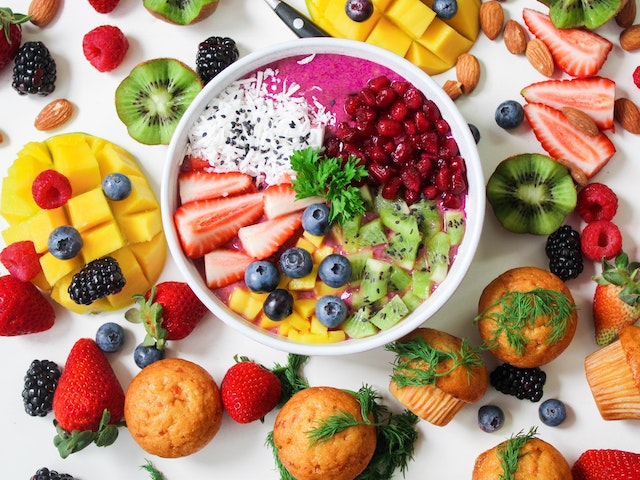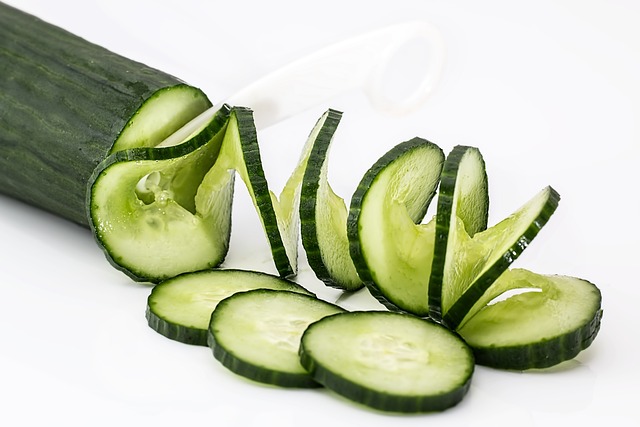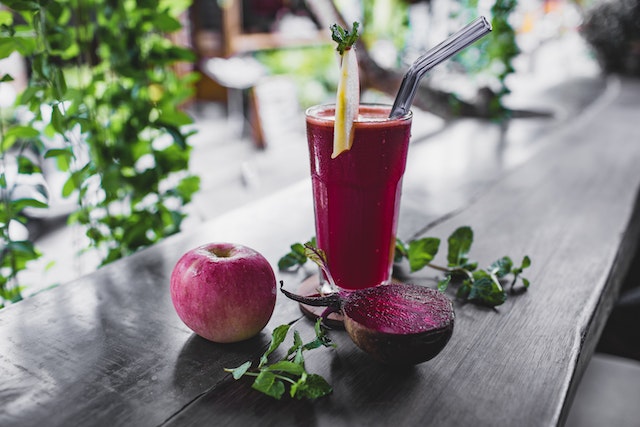Indulge in the irresistible goodness of homemade banana bread, made gluten-free! This moist and flavorful loaf is a delightful treat for
everyone, whether you follow a gluten-free diet or simply appreciate a delicious baked good.
Ingredients:
To create the best ever gluten-free banana bread, gather the following ingredients:
- 3 ripe bananas, mashed
- 2 cups gluten-free all-purpose flour
- 1 teaspoon baking soda
- 1/2 teaspoon baking powder
- 1/2 teaspoon salt
- 1/2 cup unsalted butter, melted
- 3/4 cup granulated sugar
- 2 large eggs
- 1 teaspoon vanilla extract
- 1/2 cup plain Greek yogurt
Step-by-Step Instructions:
1. Preheat your oven to 350°F (175°C) and grease a loaf pan with cooking spray or butter.
2.In a large bowl, whisk together the gluten-free flour, baking soda, baking powder, and salt. Set aside.
3.In another bowl, cream together the melted butter and granulated sugar until well combined. Add the eggs one at a time, beating well
after each addition. Stir in the vanilla extract.
4.Add the mashed bananas to the wet mixture and mix until incorporated. Then, add the dry flour mixture gradually, alternating with the Greek yogurt. Begin and end with the dry ingredients, stirring just until combined. Avoid overmixing, as it can lead to a dense loaf.
5.Pour the batter into the greased loaf pan and smooth the top with a spatula.
6.Place the loaf pan in the preheated oven and bake for about 50-60 minutes, or until a toothpick inserted into the center comes out clean.
If the top starts to brown too quickly, cover it loosely with foil to prevent over-browning.
6.Once baked, remove the banana bread from the oven and let it cool in the pan for 10 minutes. Then, transfer it to a wire rack to cool
completely before slicing.
7.Slice the best ever gluten-free banana bread and serve it on its own or with a smear of butter or cream cheese. Enjoy!
Expert Tips:
- Use ripe bananas for maximum flavor and sweetness. The bananas should have brown spots on the peel, indicating they are fully ripe.
- Gluten-free flours can vary, so it’s essential to use a gluten-free all-purpose flour blend that is suitable for baking. Look for one that
contains a mix of flours such as rice flour, tapioca flour, and potato starch. - To add extra texture and flavor, consider folding in chopped nuts, such as walnuts or pecans, or a handful of chocolate chips.
- Make sure to let the banana bread cool completely before slicing.
- This allows the flavors to develop and the bread to set, resulting in
cleaner slices.
Conclusion:
Congratulations! You’ve mastered the art of making the best ever gluten-free banana bread. With its moist texture, delicate crumb, and
delightful banana flavor, this homemade treat is sure to become a household favorite. Whether you follow a gluten-free lifestyle or
simply appreciate a delicious baked good, this recipe will satisfy your cravings. So, gather your ingredients, preheat the oven, and prepare to enjoy a slice of this irresistible gluten-free delight. Happy baking!
FAQ
Q: What is gluten-free banana bread?
A: Gluten-free banana bread is a variation of the classic banana bread recipe that eliminates gluten-containing ingredients. Instead of
using regular all-purpose flour, it is made with a gluten-free flour blend or alternative flours that do not contain gluten.
Q: Why make gluten-free banana bread?
A: Gluten-free banana bread is ideal for individuals with gluten sensitivities, celiac disease, or those following a gluten-free diet. It
allows them to enjoy the beloved taste and texture of banana bread without the presence of gluten.
Q: What are the best gluten-free flours to use for banana bread?
A: Some popular gluten-free flour options for banana bread include gluten-free all-purpose flour blends, almond flour, oat flour, and
coconut flour. These alternatives provide different textures and flavors, so it’s worth experimenting to find your preferred choice.
Q: Can I substitute regular all-purpose flour with gluten-free flour in any bread recipe?
A: While it is possible to substitute regular all-purpose flour with gluten-free flour, it’s essential to use a gluten-free flour blend or a
combination of alternative flours that are specifically designed for baking. These blends usually contain binding agents to mimic the
properties of gluten.
Q: How can I make gluten-free banana bread moist?
A: To make gluten-free banana bread moist, you can add ingredients such as mashed bananas, Greek yogurt, applesauce, or additional
fats like melted butter or vegetable oil. These ingredients help retain moisture in the bread.
Q: How do I ensure my gluten-free bread is not dry or crumbly?
A: Dry or crumbly gluten-free bread can be avoided by using a combination of gluten-free flours, adding moisture-rich ingredients, and not overbaking the bread. Additionally, allowing the bread to cool completely before slicing helps it retain moisture.
Q: Can I freeze gluten-free banana bread?
A: Yes, you can freeze gluten-free banana bread. Wrap the cooled loaf tightly in plastic wrap or aluminum foil, and place it in an airtight
container or freezer bag. It can be stored in the freezer for up to three months. Thaw the bread at room temperature before serving.
Q: How can I add extra flavor to gluten-free bread?
A: You can enhance the flavor of gluten-free bread by adding ingredients like vanilla extract, cinnamon, nutmeg, or a sprinkle of
chocolate chips or chopped nuts. These additions can elevate the taste and provide a delightful twist to the classic recipe.
Q: Can I modify a regular banana bread recipe to make it gluten-free?
A: Yes, you can modify a regular banana bread recipe to make it gluten-free. Replace the regular all-purpose flour with a gluten-free flour
blend or alternative gluten-free flours in the same quantity. It’s also essential to check that other ingredients used are gluten-free.
Q: Can I make gluten-free bread dairy-free?
A: Yes, you can make gluten-free bread dairy-free by using dairy-free substitutes for ingredients such as butter, milk, and yogurt.
Use alternatives like dairy-free margarine or coconut oil for butter, and nut milk or soy milk for dairy milk. Dairy-free yogurt options are
also available.














